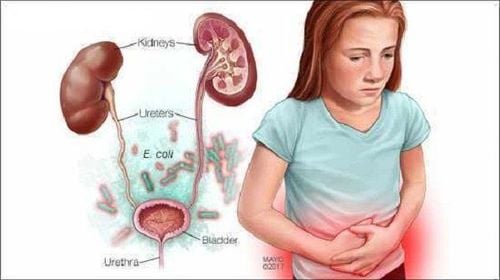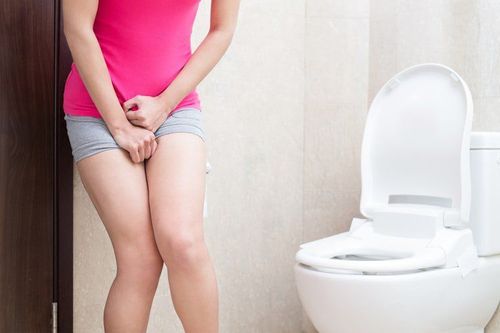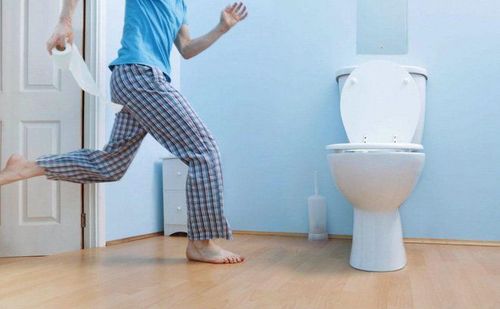This is an automatically translated article.
Urodynamic measurement is a method used to investigate the functioning of the lower urinary tract. Thanks to urodynamic measurements, the doctor will determine the exact cause of the lower urinary tract disorder, helping to treat the disease more quickly and effectively.
1. What is urodynamic measurement?
1.1 Anatomy of the urinary system
The urinary system has two most important organs, the kidneys and the bladder. These are the organs that produce, store, and expel urine. When the urinary system is working normally, the kidneys will make urine and urine will follow 2 ureters to the bladder. The bladder is located in the lower abdomen, above the pelvic muscles, is a hollow organ responsible for storing urine.
When the bladder is not filled with urine, the bladder muscle is at rest. When the bladder is full, nerve signals in the brain will alert and create a feeling of needing to urinate. The brain will control the bladder muscles to contract, allowing urine to be expelled through the urethra. The sphincter in the urethra helps the urethra close when the bladder is full, so while holding the urine, urine will not leak out. The urethral sphincter opens when the bladder contracts, expelling urine.
1.2 What is urodynamic measurement?
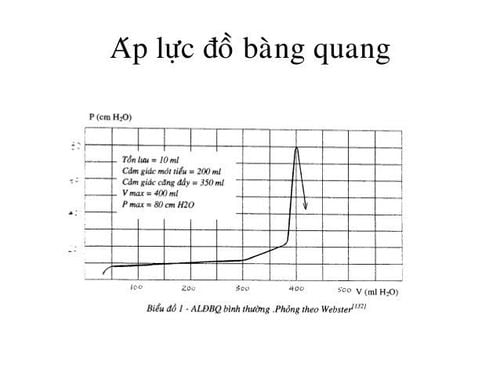
Áp lực đồ bàng quang là một trong các phép đo niệu động học thường dùng
Urodynamics are used to investigate bladder function and diagnose problems with the functioning of the bladder, urethra, and bladder neck muscles. Often, when studying urodynamics, multiple measurements can be taken at once to accurately assess the problem a person is having.
Commonly used urodynamic measurements include:
Electromyography; Bladder pressure; Urethral pressure; Urinary flow chart. These measurements can clarify the cause of problems such as:
Urine leakage or incontinence; Frequent urination; Urgency and inability to hold urine; Intermittent urination; Weak urine stream; Pain in the lower abdomen, recurrent urinary tract infections. From there, the doctor has a suitable treatment for each specific disease, helping to shorten the treatment time and improve the cure rate.
2. Purpose of urodynamic measurements
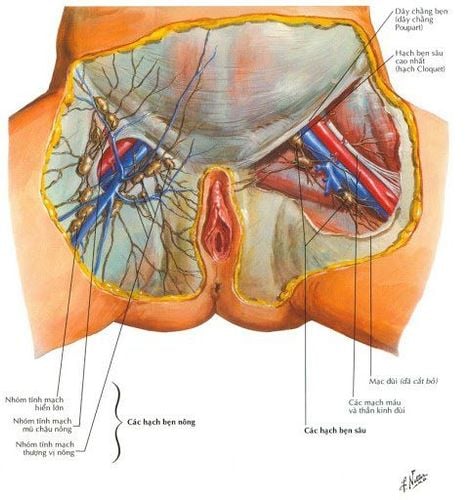
Mục đích các phép đo niệu động học là để đánh giá hoạt động của cơ và thần kinh vùng đáy chậu
2.1 Electromyography
This is a method used to evaluate the activity of the muscles and nerves in the perineum. Electromyography is indicated for urinary tract disorders caused by damage to nerves or pelvic muscles. When applying this method, sensing heads will be glued around the rectum to investigate nerve and muscle activity. This measurement helps examine the coordination of the bladder and bladder sphincter during the filling and emptying of urine.
2.2 Cystometry
This method is used to measure bladder sensation, capacity, and elasticity, and detect abnormal signs of bladder contraction. When a cystogram is performed, a manometry catheter is placed into the bladder. This measurement helps diagnose urinary control disorders such as urinary incontinence, overactive bladder,...
2.3 Urethral pressure
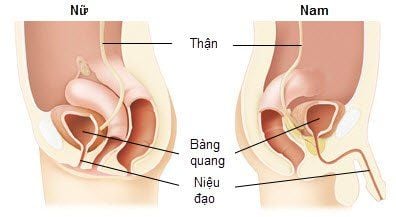
Niệu đạo của bệnh nhân
The urethral manometry helps to evaluate urethral tone, the role of the ducts in the process of urine expulsion. This measurement allows your doctor to find the cause of your urine leakage (incontinence). When performing a urethral manometry, the doctor places a pressure-sensing catheter into the patient's urethra.
2.4 Urine flow chart
This method measures the amount of urine excreted and the rate at which urine is expelled. Usually, with uroflowmetry, the patient needs to go to the urodynamics room when the bladder is full. When taking this measurement, the doctor will put the patient to urinate into a sensing device capable of measuring urine volume and the computer will analyze the parameters itself. The patient will be ordered to perform uroflowmetry if there is difficulty in urinating. By measuring mean and maximal velocity of urine flow, urography can help doctors detect urinary tract obstruction in patients such as prostate, urethral stricture,...
2.5 Manometry
This is a measurement of the pressure of the bladder during urination and the urinary flow rate. This measurement helps your doctor find the cause of a urethral obstruction, bladder weakness, or other problems. To take this measurement, the patient is asked to urinate with a small pressure-sensing catheter placed in the urethra. The catheter is small and urine will flow around the catheter, helping to gauge bladder muscle activity.
3. Procedure for urodynamic measurement

Rối loạn đi tiểu ở trẻ em được chỉ định thực hiện đo niệu động học
3.1 Indications/contraindications
Indications
Lower urinary tract dysfunction; Urinary disorders after neurological diseases; Urinary incontinence and overactive bladder; Urinary disorders in children. Contraindications
Uncooperative patient; Have an acute lower urinary tract infection; Lower urinary tract obstruction cannot be catheterized Note: There is no contraindication to uroflowmetry.
3.2 Preparation
In some cases the patient needs to stop taking the drug before performing the test; For some measurements, the patient needs to go to the urodynamics room when the bladder is distended with urine.
3.3 Implementation
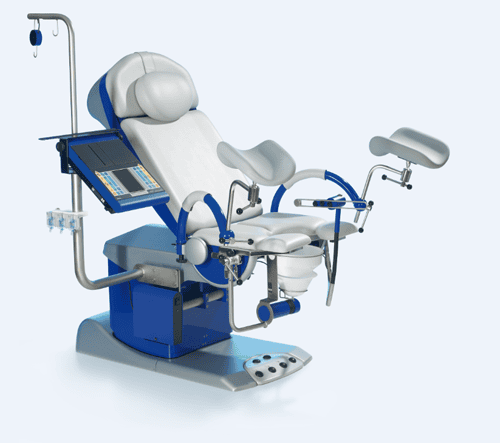
Thiết bị đo niệu động học
Urodynamic testing can take up to 1 hour with the following procedure:
Urinating into a dedicated urinal to measure urine output and flow rate. The doctor then inserts a urinary catheter to assess the amount of urine left in the bladder after the patient has finished urinating. The patient lies in bed, has a catheter inserted into the urinary tract, and injects a defined volume of water into the bladder to assess bladder compliance and bladder pressure. During the procedure, the patient may be asked about the feeling of needing to urinate or asked to push, cough, etc. to assess the pressure level causing urine leakage; Insert the catheter into the patient's anus to measure intra-abdominal pressure, which helps to indirectly assess bladder muscle pressure; Remove urinary catheter and anal catheter very slowly to measure urethral pressure. The patient will be asked to urinate into the urinal to measure urine flow if not already done. 3.4 Complications and Complications
Urodynamic analysis is a highly safe test that rarely causes serious complications. Some possible complications include:
Infection ; Pain; Lower urinary tract bleeding; Anti-sympathetic reflex. Treatment measures will be applied on a case-by-case basis as prescribed by the doctor.
Urodynamic measurement is an effective method of evaluating and diagnosing problems in the lower urinary tract. Patients should coordinate with their doctor when taking measurements to accurately diagnose the problem they are having and have a quick and effective treatment.
Vinmec International General Hospital with a system of modern facilities, medical equipment and a team of experts and doctors with many years of experience in neurological examination and treatment, patients can completely peace of mind for examination and treatment at the Hospital.
To register for examination and treatment at Vinmec International General Hospital, you can contact Vinmec Health System nationwide, or register online HERE.
SEE MORE
Learn about urinary disorders How to overcome nocturia? Why do women often experience urinary incontinence, especially after giving birth?






